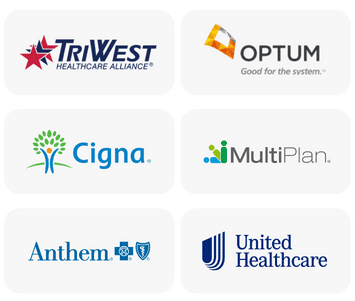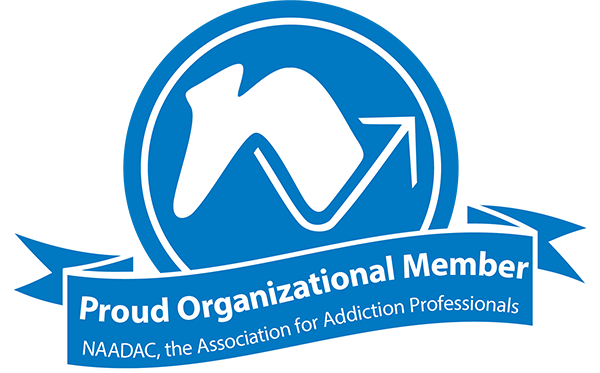Skip To Section
How Long Does Alcohol Stay in Your System?
Alcohol is a central nervous system depressant with a relatively short life span. On average, it takes the body one hour to metabolize one drink, which equals one can of beer (12 ounces), one small glass of wine (5 fluid ounces), or a single shot (1.5 fluid ounces).
Can You Get Alcohol out of Your System Faster?
Despite popular myths, drinking a bunch of water or coffee won’t flush alcohol out of your system faster. Neither will taking a cold shower or exercising. There’s no magic cure to sober up faster. Your body naturally metabolizes alcohol at a certain rate, and you just have to wait for it to complete this process.
How Long Can Alcohol Be Detected?
Alcohol can be discovered via urine, blood, saliva, breath, and hair. Depending on the type of test used, alcohol can be detected up to 90 days after you last used it.
Urine
Alcohol can be detected in the urine up to 72 hours after the last use (ethyl glucuronide test) or up to 12 hours with a traditional UDS screen.
Breath
A breathalyzer is a device that measures a person’s blood alcohol levels via breath. These tests detect only recent alcohol use — usually up to 24 hours after your last drink.
Blood
Saliva
A saliva test can indicate alcohol use for up to 48 hours after consumption. These tests are inexpensive and often used by employers.
Hair
Unlike breath, blood, and saliva, alcohol can be detected in the hair for much longer periods — up to 90 days. Hair tests look for the alcohol marker ethyl glucuronide (EtG) in hair follicles.
How Long After Drinking Can You Breastfeed?
Alcohol can be detected in breast milk about two hours after drinking. Therefore, most experts recommend waiting at least two to three hours after your last drink to breastfeed or pump. This does depend on how fast your body metabolizes alcohol.
"*" indicates required fields
Fill out the form below and one of our admissions team members will reach out to you:
"*" indicates required fields
How Does the Body Process Alcohol?
When you drink wine, beer, liquor, or another alcoholic beverage, it is rapidly absorbed into your bloodstream.
Alcohol is then quickly absorbed into the stomach and small intestines. The liver enzymes then metabolize the alcohol by breaking down the alcohol molecules. The liver removes about 90 percent of the alcohol from the blood. The rest is removed through urine, skin, and saliva.
The Effects of Alcohol
The effects of alcohol kick in pretty quickly after you take your first drink. As it reaches your brain, you immediately feel relaxed and euphoric. This is referred to as being “tipsy” or “buzzed.”
How do you know when you’re drunk? If you are drunk, you might experience:
- Impaired coordination and loss of balance
- Unstable emotions (crying or laughing for no apparent reason)
- Tiredness or drowsiness
- Blurry vision
Alcohol Poisoning
No matter how much alcohol you drink, your body can only metabolize so much at a time. Consuming large amounts of alcohol before your body has a chance to process it can result in alcohol poisoning, which can be fatal. Symptoms of this include:
- Slow heart rate
- Confusion
- Extreme sleepiness
- Vomiting (even while unconscious)
- Pale or clammy skin
- Hypothermia or low body temperature
- Seizures
- Irregular, slow breathing
If someone is experiencing alcohol poisoning, it’s an emergency. Call 911 (in the U.S.) and stay with the person until help arrives.

Alcohol Abuse
Drinking large amounts of alcohol at one time isn’t good for the body. If you drink alcohol, you should only consume it with caution. Remember that alcohol may be present in your system, even if you don’t feel drunk. The key is to drink responsibly.
- Don’t get behind the wheel if you have been drinking
- Limit how much you drink
- Don’t drink if you are pregnant
- Don’t drink if you are taking drugs that interact with alcohol like benzodiazepines
Drinking too frequently or too much can have an impact on your health. Like any drug, alcohol abuse can lead to an addiction or alcohol use disorder (AUD). Signs of an alcohol use disorder include:
- Spend a lot of time drinking
- Have tried one or more times to cut back but are unable to do so
- Have problems with work or family relationships because of drinking
- Keep drinking despite health problems that are worsened by alcohol use
- Legal problems (such as DUIs) related to alcohol use
- Strong alcohol cravings that you can’t seem to resist
- Constantly drinking more than you intend to
- Giving up important social activities or hobbies to drink
- Needing to drink more alcohol to achieve the same result
Getting Help for Alcohol Abuse
If you have difficulty reducing the amount of alcohol you drink or you engage in risky behaviors like drinking and driving, it’s important to know that help is available. Professional substance abuse treatment can help you safely stop using alcohol and begin your journey toward long-term sobriety.
Footprints to Recovery can help if you or a loved one is struggling with Alcoholism. With detox, inpatient treatment, and outpatient programs, our rehab facilities in Chicago, Denver, and New Jersey provide a broad spectrum of programs. For a free, private consultation with one of our admissions advisers, give us a call right now. You have the right to lead an addiction-free life.
- Diagnostic and Statistical Manual of Mental Disorders : Fifth Edition Text Revision DSM-5-TR™
- Benzodiazepine and Unhealthy Alcohol Use Among Adult Outpatients – PMC
- Understanding the Dangers of Alcohol Overdose
- How Alcohol Impacts the Brain | Northwestern Medicine
- Overview: How Is Alcohol Metabolized by the Body? – PMC
- Alcohol | Breastfeeding special circumstances | CDC
- How Long Does Alcohol Stay in Your System?
- Carbohydrate deficient transferrin and alcoholism – PMC
- Urinary Ethyl Glucuronide as Measure of Alcohol Consumption and Risk of Cardiovascular Disease: A Population‐Based Cohort Study | Journal of the American Heart Association
- Does coffee really sober you up when drunk? | BBC
- Alcohol Metabolism – PMC
Our admissions team is available 24/7 to listen to your story and help you get started with the next steps.







